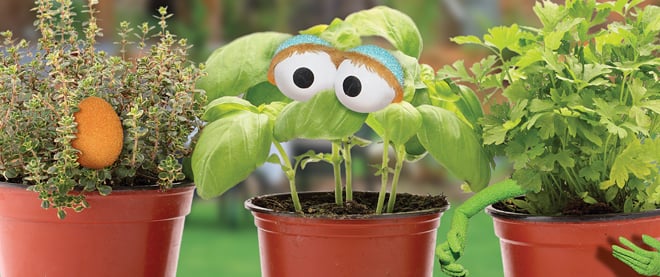The secret life of plants. No, really.
Even if they can’t hear a word you say, a botanist says they can see, smell and feel
Share

Plants have more in common with humans than most people think. They may be deaf, but they can see, smell, feel and remember, according to plant biologist Daniel Chamovitz. For instance, a willow tree can “smell” when another willow is being attacked by tent caterpillars. The infested tree produces salicylic acid, a chemical found in aspirin, which makes its leaves taste bitter and unpalatable. At the same time, the chemical is released into the air, and that chemical message, received by healthy willows, triggers the same defence. According to Chamovitz, the infested willow is signalling, “I’m sick! Beware! Defend yourselves!”
Chamovitz is the director of the Manna Center for Plant Biosciences at Tel Aviv University in Israel. His new book What a Plant Knows is a fun-to-read compendium of research designed to help humans better understand the plant world.
So how does a willow “smell” danger? “It’s vegetal olfaction,” he says in an interview. “One branch is signalling to the other branches, and the branches on the neighbouring trees are just smelling in.” In the book he explains that olfaction for a plant is “obviously a nose-less process,” because plants don’t have a nervous system.
Lima beans do it too. When its leaves are attacked by an insect or bacteria, “it releases odours that warn its brother leaves to protect themselves against imminent attack, similar to guard towers on the Great Wall of China lighting fires to warn of an oncoming assault,” he writes.
Knowing that plants “smell’ chemicals helped Chamovitz understand what his grandmother knew all along when she placed a hard avocado in a paper bag with a ripe banana to help soften the avocado. “She learned this magic from her mother, who learned it from her mother, and so on.” According to Chamovitz, all fruits emit the chemical hormone ethylene that is responsible for fruit ripening. “The two fruits are communicating their physical states to each other.” The practice goes back to antiquity when Egyptians sliced open a few figs to ripen the entire bunch.
Plants can “see,” too. They monitor their environment all the time. They know if you’re standing over them. They know if you’re wearing a blue or a red shirt. “Plants ‘see’ the same ultraviolet light that gives us sunburns and infrared light that heats us up. They can tell when there’s very little light, like from a candle, or when it’s the middle of the day, or when the sun is about to set into the horizon.”
What about the claim that plants love classical music? “There’s no scientific article that shows that plants respond to music,” he says. In the book, he dispels the findings of Dorothy Retallack, a professional opera singer, whose famous study exposed different plants to an eclectic sampling of music by Bach and Schoenberg, Jimi Hendrix and Led Zeppelin. Retallack found that rock music harmed her plants and classical music induced growth.
“Fortunately for me and for the hordes of Zeppelin fans, Retallack’s study was fraught with scientific shortcomings,” Chamovitz jokes. For instance, each of her experiments included fewer than five plants. Some of the studies were carried out at her friend’s house, and soil moisture was determined by touching the soil with a finger.
While hearing warns humans of speeding cars and other dangerous situations, plants can’t flee, so there’s no evolutionary reason for them to hear. “Maybe they’re hearing the high pitches of an insect’s wings or the low rumblings through the ground that no one has studied yet, but music is irrelevant.”
Plants do “feel,” however. A 1966 Colorado State University showed the cocklebur weed can die “simply by touching it for a few seconds each day,” according to author Frank Salisbury. This “touch-based growth inhibition” is an accepted phenomenon in plant biology. But don’t ask Chamovitz if that’s why your cilantro and basil plants die all the time.
“I have to qualify my answers here. I have no green thumb. I kill my plants all the time. But if you’re touching it too much, that could be one reason.”